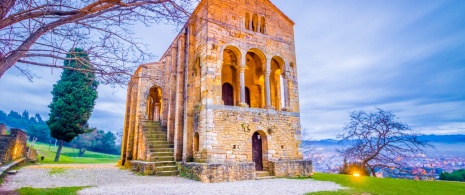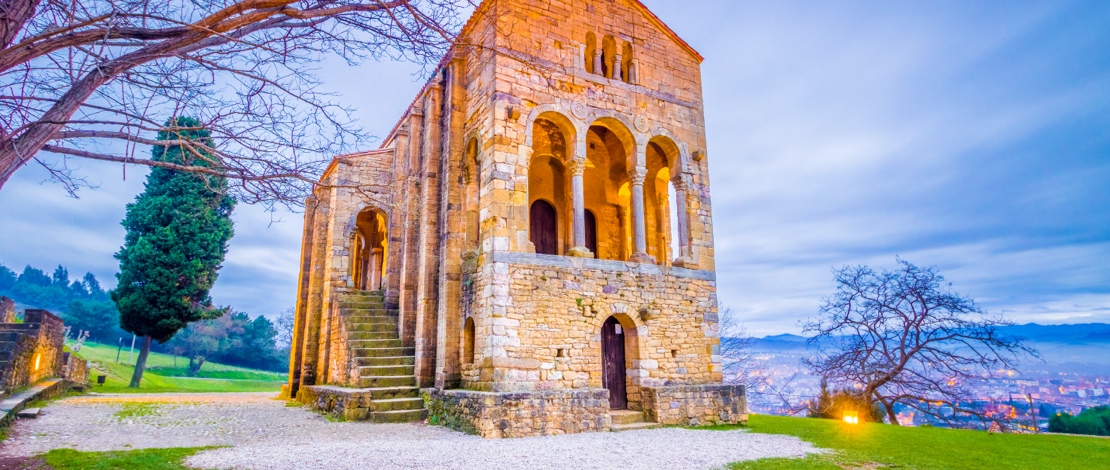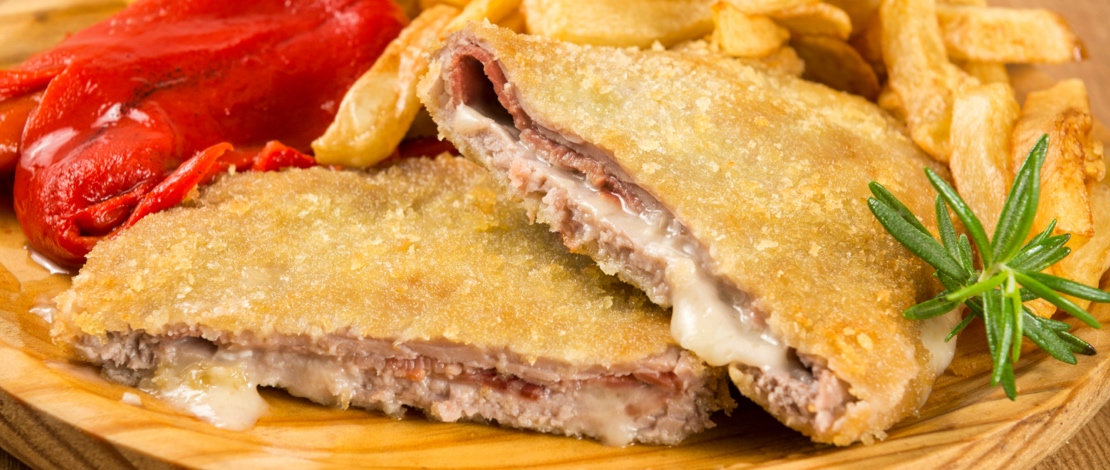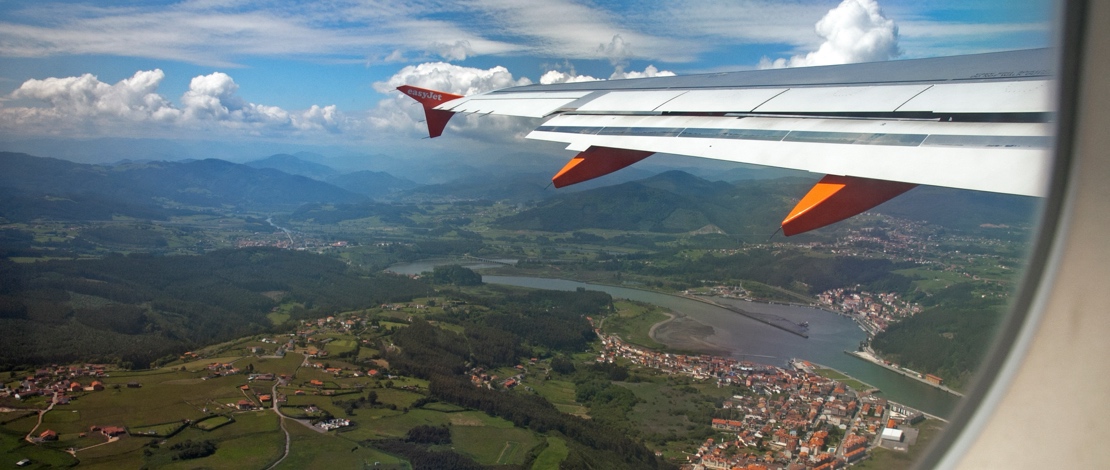
Asturias
400 kilometres of coastline and fishing villages
This autonomous region in northern Spain will blow you away. You will fall in love with its 400 kilometres of coastline and fishing villages. Visitors can also admire the landscapes of the Picos de Europa National Park and discover cities such as Oviedo, Gijón and Avilés.
What's more, the whole region has unique examples of pre-Romanesque art, an architectural style also known as Asturian Art, which emerged with the birth of the Asturian monarchy from the 8th century onwards.
-
MUST-SEE

Oviedo
The capital of Asturias. Take a tour of the old town, from the University to the Cathedral, and from the Marquis of San Felix Palace to the Camposagrado Palace. Explore the Gothic-style Cathedral Tower and the Church of San Tirso. You can also visit the Museum of Fine Arts. Don't leave without visiting the Foncalada fountain and the Holy Chamber of the city's Cathedral, both considered World Heritage Sites. Also, don't forget to visit the churches of Santa María del Naranco, San Miguel de Lillo and San Julián de los Prados, which, although they are on the outskirts of the city, are well worth seeing. They are also World Heritage Sites.
Other cities
Visit Gijón and walk around Cimadevilla, an old fishermen's quarter where you will find Roman ruins and the medieval wall. You can also visit Playa de San Lorenzo beach.
Avilés is also a great place to explore. Stroll through its old quarter and admire its estuary, one of the most beautiful natural estuaries in Asturias. Don't leave without visiting the Centro Niemeyer, an exhibition centre open to all the arts and cultural events such as music, cinema, theatre and dance.
Picos de Europa National Park
Between Asturias, Cantabria and Castile-León. It is the perfect example of the Atlantic ecosystem. Full of oak and beech forests, the Park takes its name from the impressive rock formations that exist here. It is also home to two of the most iconic animals living in Spain: the brown bear and the Iberian wolf. Don't forget to visit well-known places such as Cangas de Onís or the Cares Route.
Sanctuary of Covadonga
This basilica, next to the cave containing the venerated image of the Santina, is a place of worship and pilgrimage for many Asturians. This neo-Romanesque building has two tall towers flanking the main doorway. The interior houses valuable works of art, such as a canvas by Madrazo. Nearby are also the famous lakes of Covadonga, a natural wonder hidden among the mountains.
Tito Bustillo Cave
Full of rock paintings. From all the depictions of animals (horses, reindeer, etc...), the one of a cetacean stands out, which is very rare in cave art. The most important drawings, however, are those of the female body, made by taking advantage of the natural reliefs of the rock to resemble the volume of the woman.
Asturian coast
Over 400 kilometres of coastline. Explore seaside towns such as Bustio, Candás, Cudillero and El Porto. Don't forget to visit Llanes, Lastres, San Esteban or Tapia and, if you can, follow a route to see all the lighthouses. There are also several viewpoints along the coast to take in the sights of this northern paradise, such as Cabo Peñas and Cabo Vidio.
-
GASTRONOMY

Asturias is famed for its cheeses, such as Cabrales, Gomonéu, Afuega'l pitu and Casín. It is also famous for "cachopo", a dish consisting of two fillets of beef stuffed with ham and cheese, breaded and fried. For dessert, try Asturian frixuelos or rice pudding.
-
HOW TO GET THERE

You can fly into Asturias Airport, take a train from cities such as Madrid or Barcelona, travel by bus from different parts of Spain or drive along the motorway from other regions. Once there, you can move between cities and places of interest using public transport or renting a car.


